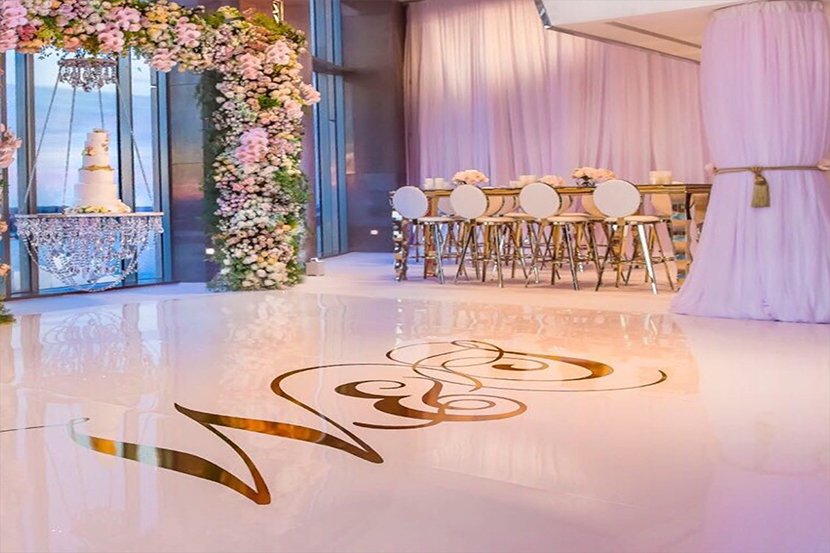
The primary colors are red, blue, and yellow. These hues cannot be created by blending different hues combined. Intermediate colors, such as green, orange, and violet, are created by mixing main hues. Third-level hues are formed by mixing a primary color with a secondary color. Understanding these fundamental connections helps creators select hues that enhance one another and create a visually appealing display. Combining these colors on an LED dancing surface can lead to dynamic and stimulating outcomes that attract the focus of dancers.
Hue value also holds a key role in design. Colors can be classified as hot or chill. Hot colors, such as red, orange, and yellow, tend to look here elicit emotions of enthusiasm and warmth. In contrast, cool colors like azure, emerald, and violet typically generate a serene and soothing environment. Creators can use these color temperatures to set the ambiance for various kinds of events. For example, a celebration environment may benefit from warm colors that invigorate the audience, while a further relaxed event might use cool colors to offer a soothing effect.
In addition to color pairings and value, luminosity and saturation are vital factors to take into account. Luminosity refers to how light or dark a hue looks, while saturation measures the intensity of a hue. Bright, intense colors can generate a lively and energetic environment, ideal for dancing floors. On the other hand, gentler, lower intense hues can create a more subdued atmosphere. Through adjusting luminosity and saturation, dance floor rental for vip events designers can attract focus to specific areas of the dance floor or establish sight pathways, guiding participants through the venue.
Finally, it is crucial to take into account the psychological impacts of hue in LED dance floor designs. Various hues can evoke various feelings and responses. For example, crimson is frequently associated with passion and energy, while azure can be soothing and tranquil. Grasping these connections allows designers to tactically apply colors to influence the actions of participants. By incorporating color principles into light-emitting diode dancing surface designs, creators can improve the total experience, making it unforgettable and pleasurable for all involved.